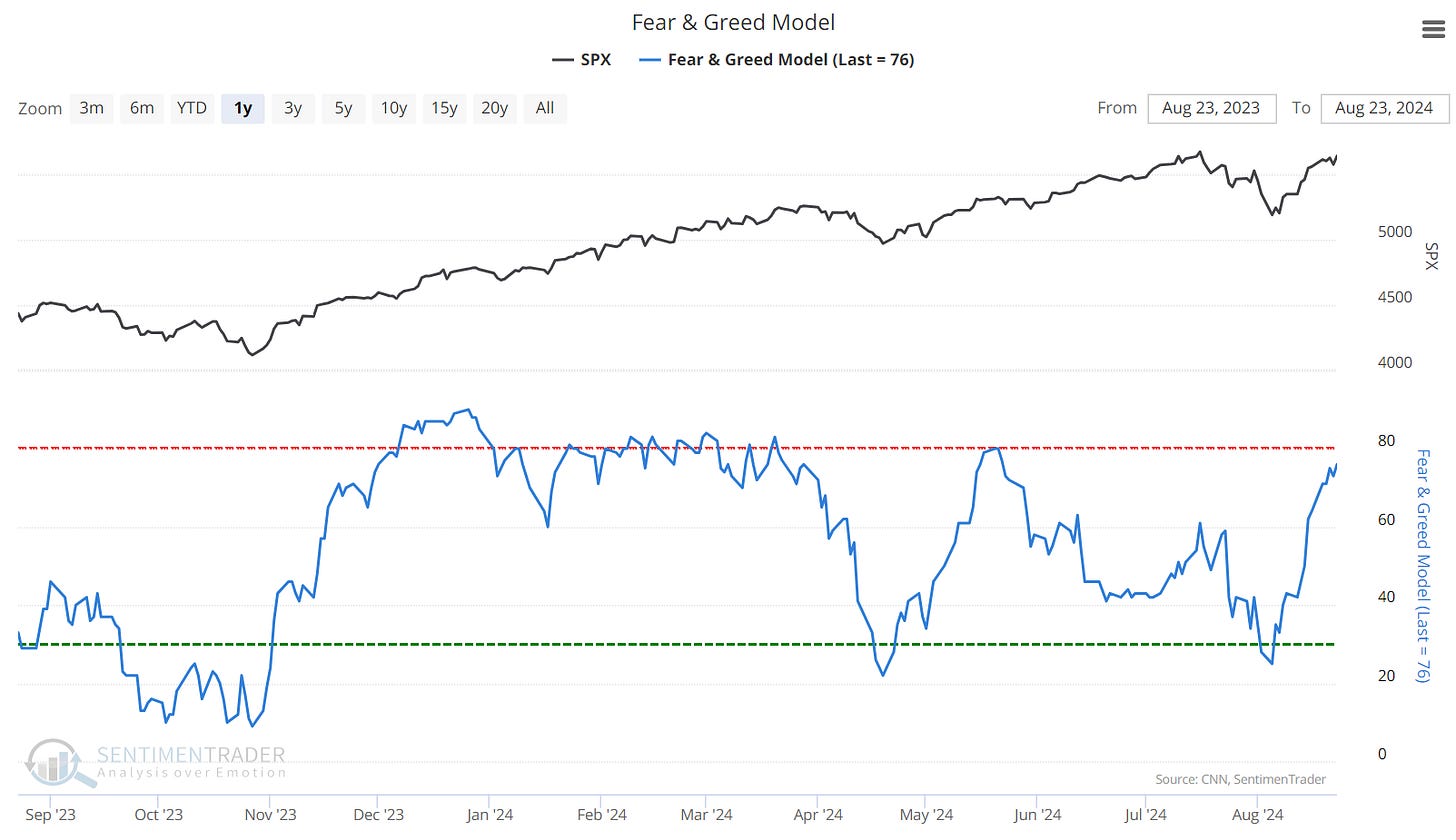The Big Banks are in business to make money. That means they need to buy low and sell high. What happens when other people are buying and they are selling? Since they are the Market Maker, that means when the masses buy they have to sell short in order to provide liquidity. If they are left with a short position then they have to buy back or cover their shorts at lower prices to exit their short positions. The Big Banks are Market Makers for both shares and options. Of the two, options are leveraged…a sharper sword that can provide greater profits or greater losses.
So the banks must manage options risk first and foremost. They can manage share risk easier (even with options). This is why financial markets have a tendency to do the opposite of what most people think with conviction. This is why “crowded” trades never work. This may also be why the big economic brains at the Global Macro Hedge Funds tend to underperform the market. Whatever the masses think and trade with conviction, the Big Banks profit by doing the opposite. This works like an automatic defense system to ensure that the markets are two-sided.
We can track options positioning by examining the Equity Put/Call Ratio’s (CPCS) 5-Day Simple Moving Average (SMA), shown as the blue line below. When fear drives the masses to buy puts and the CPCS 5 SMA rises significantly above the green line, the market often reverses upward, preventing banks from paying profits to put buyers. This occurred at market lows on August 5th, April 19th, and January 17th this past year. Conversely, when market enthusiasm leads to excessive call buying and the CPCS 5 SMA drops below the red line, the market typically reverses downward, avoiding payouts to call buyers. We are now near the time when banks must reverse lower to avoid paying profits to call buyers. This is right on time for seasonal and election year weakness. Wall Street may be hosting an End of Summer BBQ and Bulls are on the menu.
This would be a perfect time to drain the water as everyone just jumped back in the pool. Smart Money and Dumb Money are both heavily invested. If everyone bought in, who will keep buying?
The Fear and Greed Model shows that we are already close to the Greed Extreme. Although its possible that this could continue to run on fumes for a bit longer, things may change after Labor Day or sooner.
Seasonality: Back to Business After Labor Day
According to the Stock Traders’ Almanac, Open Field Election years since 1949 tend to face sharp downside volatility in the beginning of September. From experience, the market can change its tone abruptly after Labor Day, when Wall Street returns from the Hamptons and gets back to business. Mutual Funds have to report their tax losses by October 31st, so funds usually sell unwanted investments in their portfolio by said date. With the S&P 500 trading at a high 21.4x forward P/E ratio, rising unemployment, and the yield curve nearing re-steepening and un-inverting, the market faces significant risks.
Market Conditions: Non-Confirming Conditions
Analyzing the S&P 500 (SPY) and other conditions, we have a situation where:
Trend: Price is trending up above the 9 & 21 EMAs. However, price appears to be hitting resistance at the R1 Pivot Point, as liquidity (black line) appears to be declining. As trend-followers we should be long and assume prices will go higher until price can break below the 9 & 21 EMAs. However, as technicians, we should recognize when the market finds resistance.
Breadth: Breadth is strong as evidenced by new highs on the Advance Decline Line (ADL), but it may be too strong but as the Percent of S&P 500 Stocks Above the 20 SMA (SSTW) is in the “overheated” zone where reversals occur.
Positioning: Positioning is getting too bullish as the CPCS is too complacent, hinting at heavy call buying, which often leads to drops in the market.
Next week is a week full of economic data drops that can move the market. On the chart below the GDP and Jobless Claims on Thursday could be pretty significant. On Friday Core PCE could also move the market. Nvidia (NVDA) earnings will be released after the close on August 28th and this may actually be the most important event of the week.
Now let’s review the most important charts to the market now in our Premium Section.
Disclaimer - All materials, information, and ideas from Cycles Edge are for educational purposes only and should not be considered Financial Advice. This blog may document actions done by the owners/writers of this blog, thus it should be assumed that positions are likely taken. If this is an issue, please discontinue reading. Cycles Edge takes no responsibility for possible losses, as markets can be volatile and unpredictable, leading to constantly changing opinions or forecasts.










